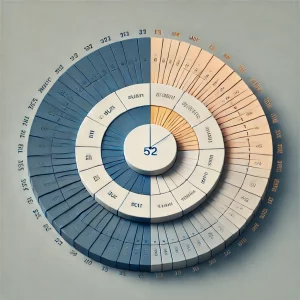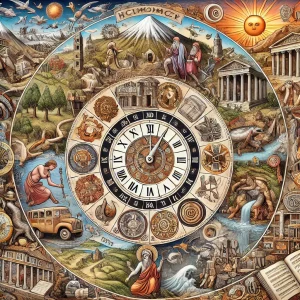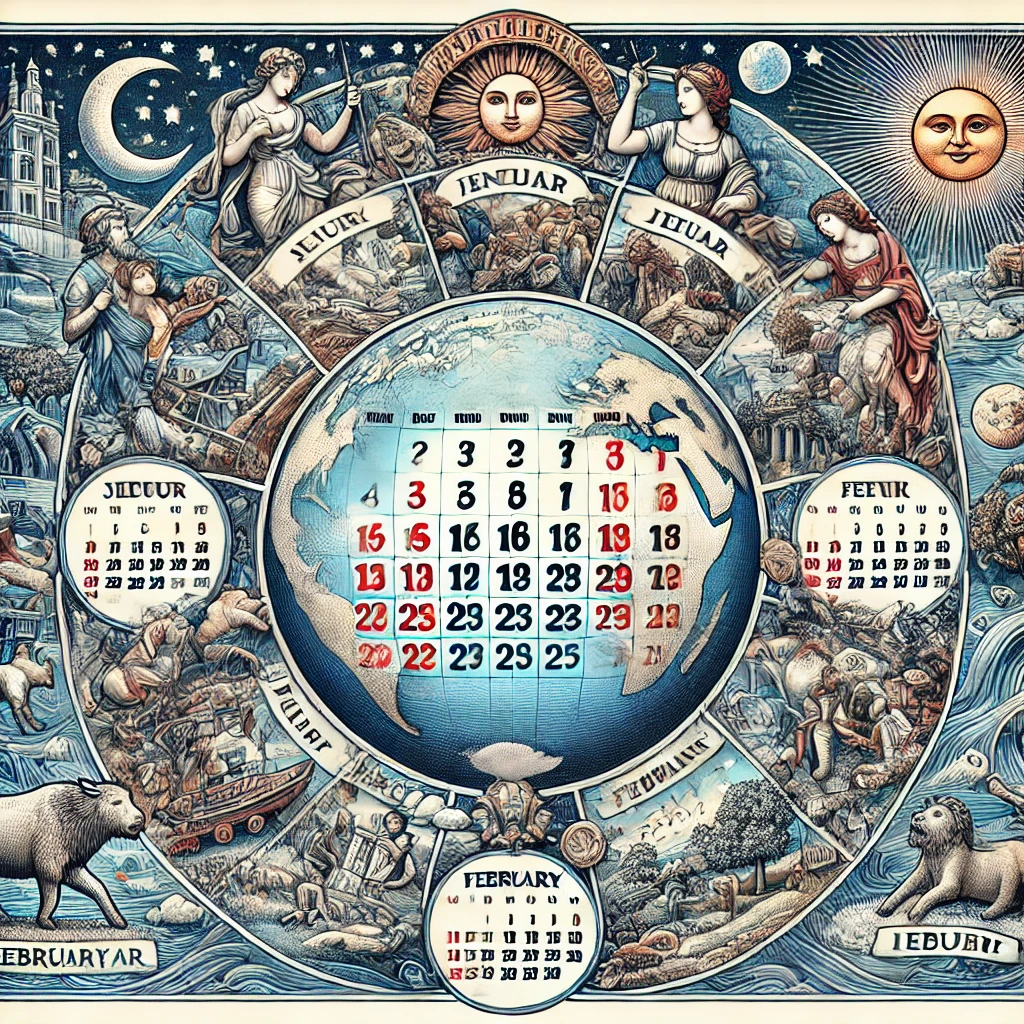How Many Weeks Are in a Year- Understanding how our calendar works is essential for various aspects of life, from planning events to managing businesses. One fundamental question that often arises is, “How many weeks are in a year?” This article aims to break down the structure of a calendar year, explain the concept of a week, and explore any anomalies that might affect the number of weeks in a year.
Key Takeaway Section
- A standard year consists of 52 weeks and one extra day.
- A leap year includes 52 weeks and two extra days.
- Certain calendar systems can sometimes account for 53 weeks in a year.
- This knowledge is crucial for effective planning in both personal and professional contexts.
Also Read: The Ultimate Conversion Guide: How Many Grams are in a Pound?
The Basics of a Calendar Year

A calendar year, as defined by the Gregorian calendar, consists of 365 days in a standard year and 366 days in a leap year. The Gregorian calendar, introduced by Pope Gregory XIII in 1582, is the calendar system most widely used today. It replaced the Julian calendar and corrected discrepancies to better align with the Earth’s revolutions around the Sun.
Breaking Down the Year into Weeks
To understand how many weeks are in a year, we start with a simple division:
- A standard year has 365 days. When divided by 7 (the number of days in a week), this results in 52 weeks and one extra day.
- A leap year, which occurs every four years, has 366 days. This division results in 52 weeks and 2 extra days.
Thus, most years consist of 52 weeks plus an additional day or two.
The Concept of a Week

The seven-day week has historical and cultural roots that date back thousands of years. Its origins can be traced to ancient civilizations, including the Babylonians, who observed a seven-day cycle based on lunar phases. The week has also been influenced by religious traditions, such as the Jewish Sabbath and the Christian practice of Sunday rest. Despite the variety of calendar systems throughout history, the seven-day week has remained remarkably consistent across different cultures.
Special Cases and Anomalies
Occasionally, some years may appear to have 53 weeks. This anomaly occurs due to the way weeks are counted in certain calendar systems, particularly those following the ISO week date system. The ISO week date system considers a year to have 52 full weeks and accounts for an additional week if the year starts and ends with a few extra days that form a part of a new week. As a result, some years, particularly those starting on a Thursday or a leap year starting on a Wednesday, might have 53 weeks.
Practical Implications

Understanding the number of weeks in a year has practical applications in various fields:
- Business Planning: Companies often use the 52-week year for financial planning and reporting. This structure helps in budgeting, forecasting, and scheduling.
- Academic Calendars: Schools and universities organize their academic year based on weeks, with terms and holidays fitting into a 52-week framework.
- Personal Planning: For individuals, knowing the number of weeks in a year aids in organizing vacations, appointments, and other significant events.
Understanding the structure of a calendar year, including how weeks are calculated, is essential for effective time management and planning. The Gregorian calendar provides a reliable framework, with 52 weeks being the norm, plus an extra day or two depending on whether it is a standard or leap year. Recognizing these patterns helps in aligning our activities and schedules with the calendar, ensuring smoother and more efficient planning.



